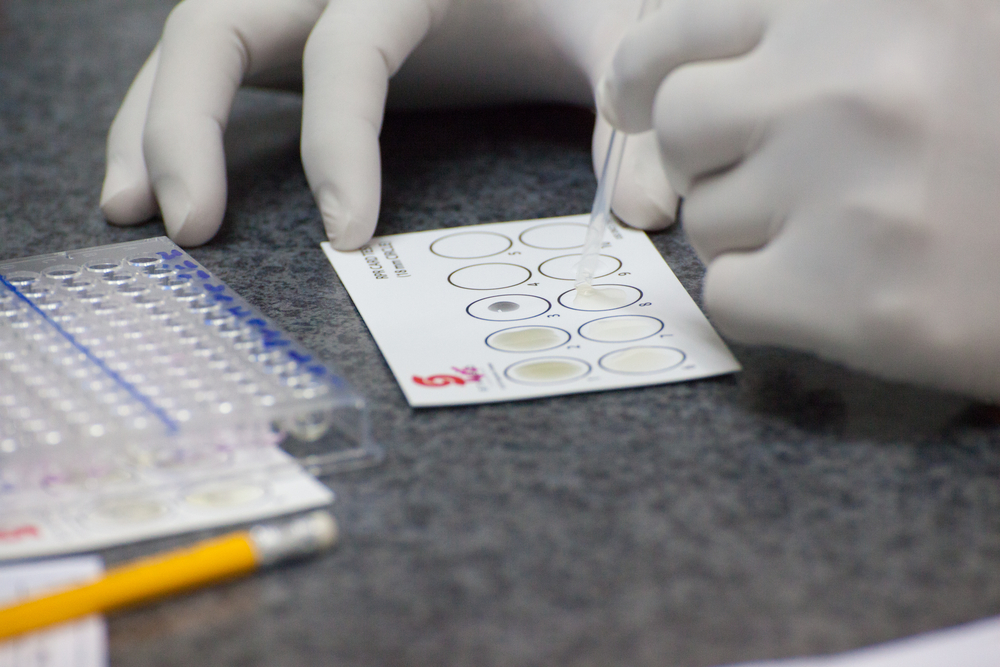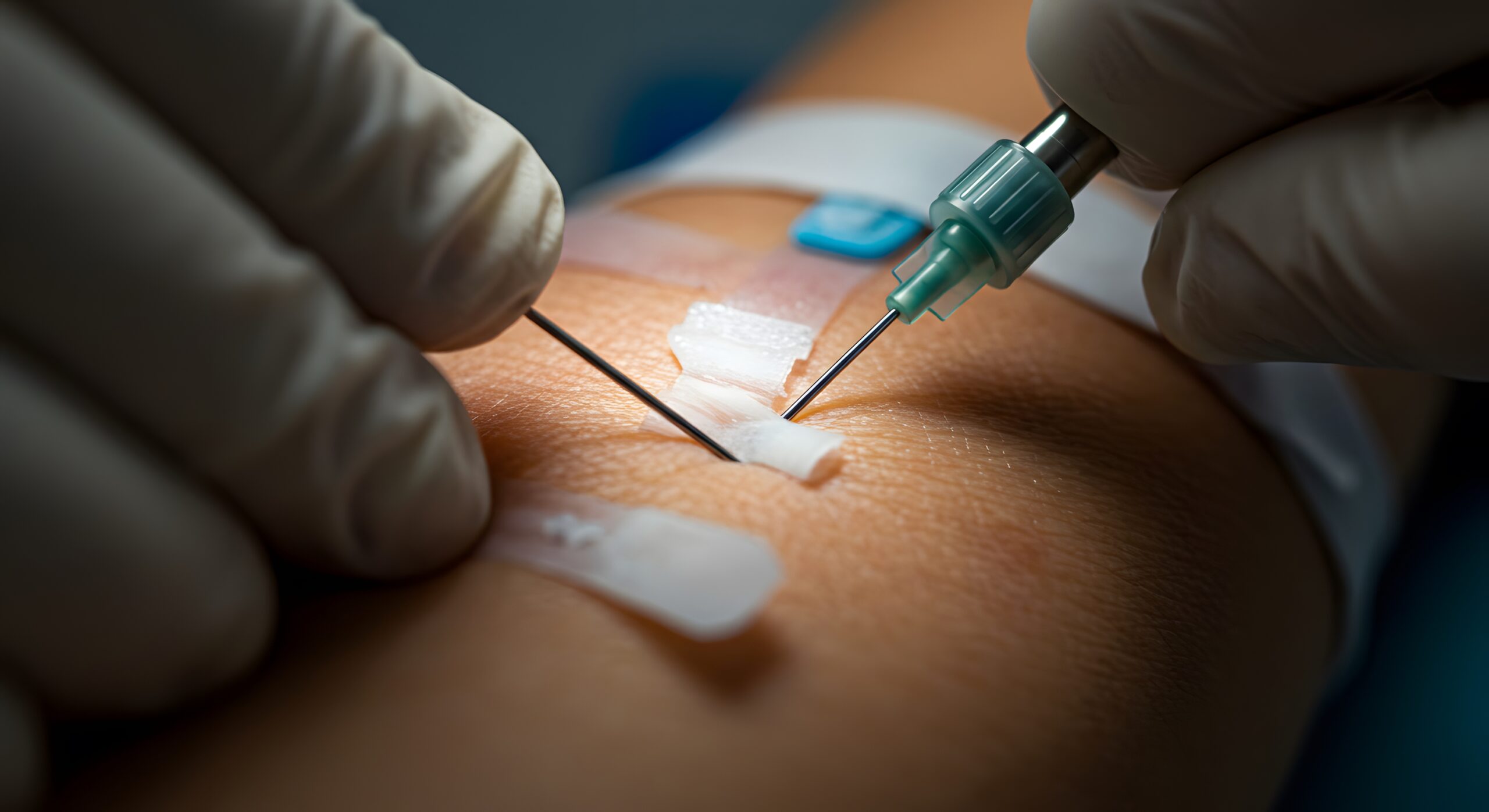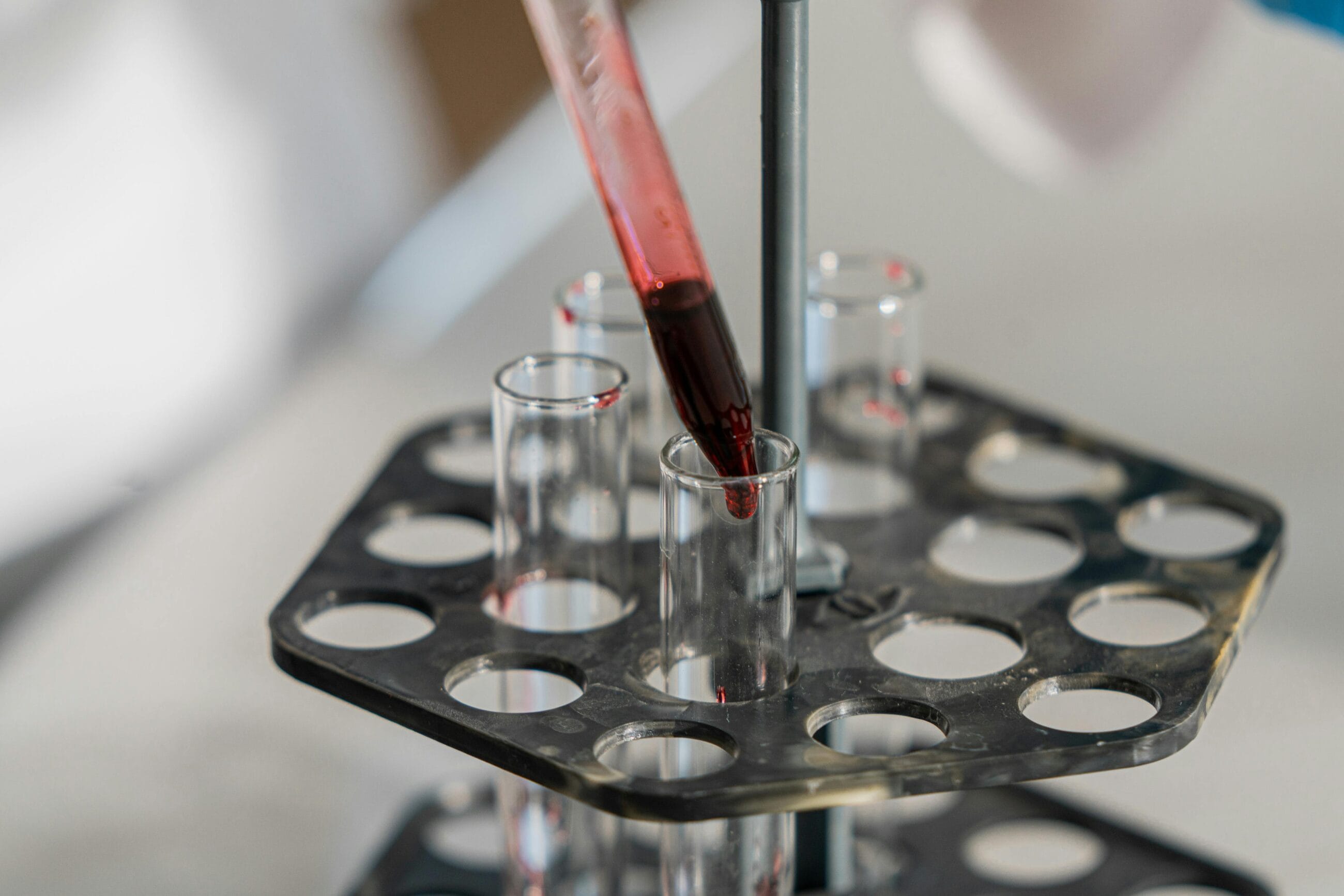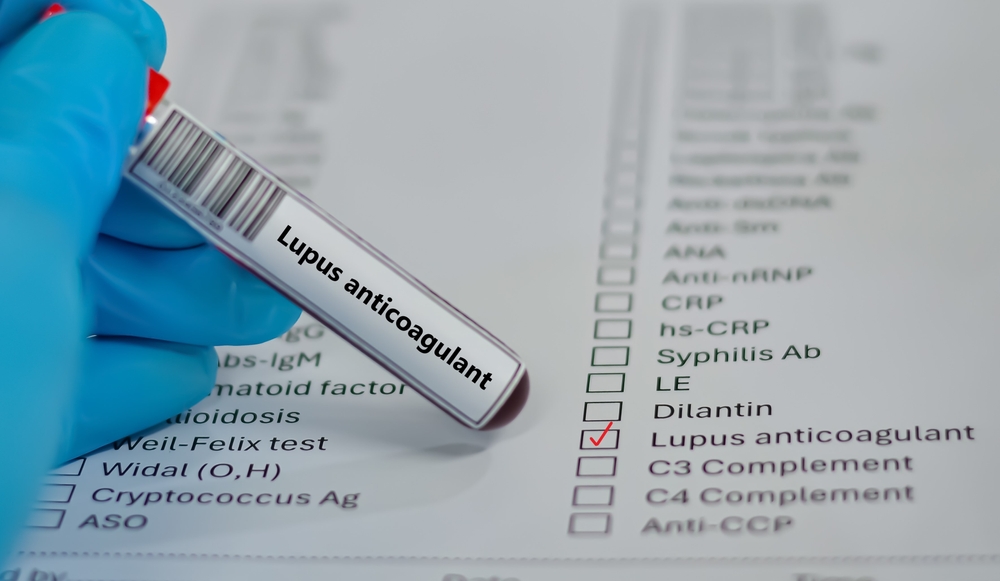Syphilis is a serious but treatable condition, and early detection plays a crucial role in managing it effectively. The VDRL (Venereal Disease Research Laboratory) test is a simple blood screening tool designed to detect syphilis.
In this article, we’ll break down how the test works, its purpose in identifying syphilis, and why it’s an essential step in protecting your health.
Understanding the VDRL test can empower you to take proactive measures towards better health and peace of mind.
What Is the VDRL Test?
The VDRL (Venereal Disease Research Laboratory) test is a blood test used to screen for syphilis. Syphilis is caused by Treponema pallidum, a bacteria that spreads primarily through sexual contact.

While the test itself doesn’t detect the bacteria that cause syphilis, it identifies the antibodies your body produces in response to an infection. A positive result on the VDRL test may indicate the need for further confirmation using a treponemal test, which specifically detects antibodies to the syphilis-causing bacteria.
Why Is Syphilis Screening Important?
Syphilis often begins with mild symptoms, such as painless sores or rashes, which can easily go unnoticed. Left untreated, it can progress to more severe stages, leading to complications such as organ damage, neurological disorders, and even death.
Early screening, through tests like the VDRL or RPR (Rapid Plasma Reagin) test, allows for prompt diagnosis and treatment, preventing such complications.
Who Should Consider the VDRL Test?
While the VDRL test is beneficial for everyone prioritizing their health, it is particularly important for individuals who may face a higher risk of infection, including:
- Those who are sexually active with multiple partners.
- Expecting mothers, as untreated syphilis can be passed to the baby during pregnancy.
- Individuals experiencing signs and symptoms such as unusual sores, rashes, or fatigue.
- Anyone needing a routine health screening or STD testing as part of preventive care.
If a positive result is obtained, confirmatory testing with a treponemal test is essential to ensure accurate diagnosis and appropriate treatment.
The Purpose of the VDRL Test
The VDRL test is a significant tool in preventive healthcare and supports several objectives:

1. Syphilis Detection
The primary purpose of the VDRL test is to detect syphilis, especially in its early stages where treatment can be most effective.
2. Preventive Health Care
Regular screenings allow individuals to maintain control over their health and limit the risk of late-stage syphilis complications. Early detection often translates to simpler, shorter, and more affordable treatment.
3. Supporting Public Health
Regular testing also promotes public health by reducing the spread of syphilis through early treatment and raising awareness about sexually transmitted diseases.
What to Expect During the VDRL Test?
The VDRL test is simple and minimally invasive.
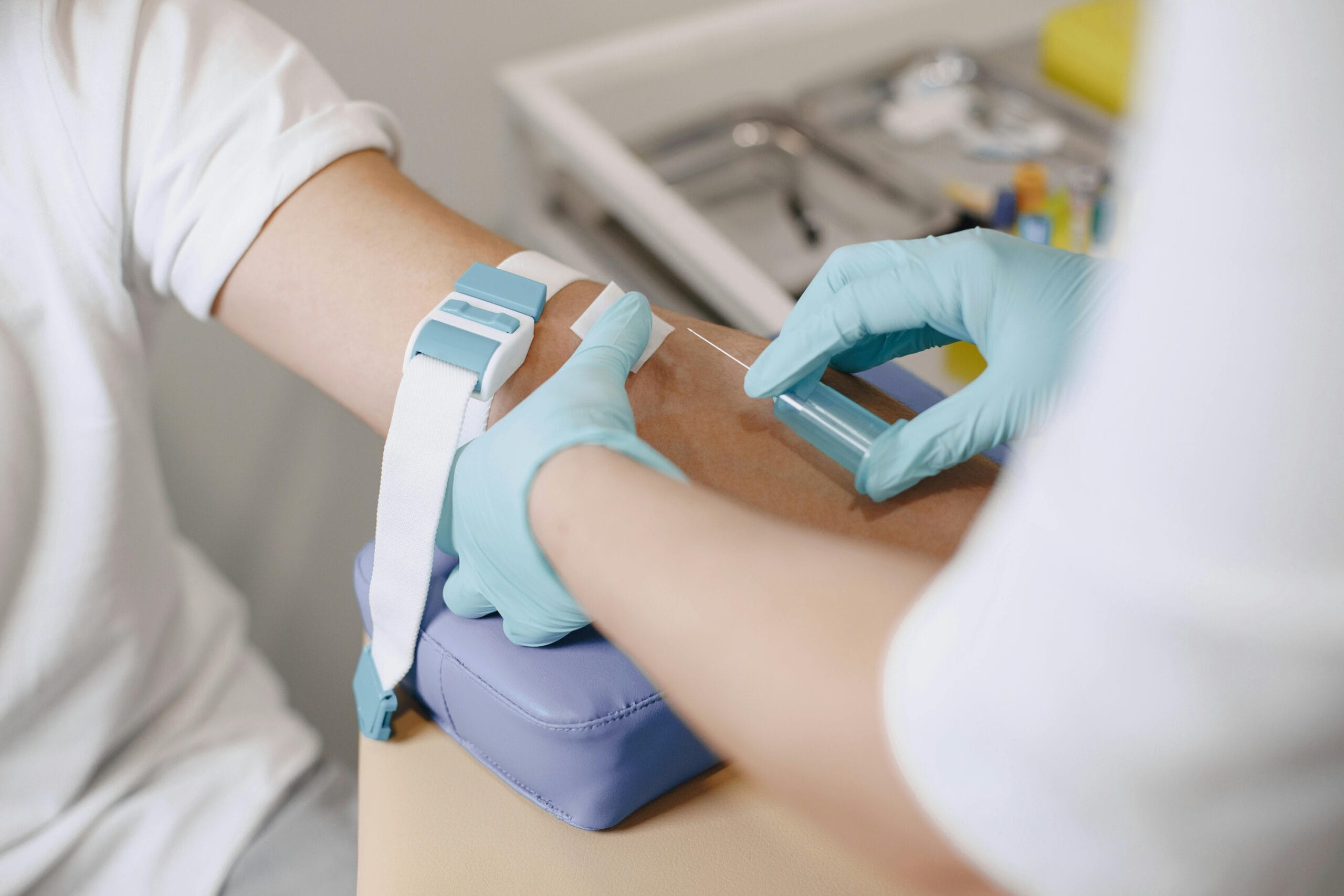
Steps to Take
- Blood Sample Collection
A small sample of blood is drawn, typically from a vein in your arm.
- Lab Analysis
The blood is sent to a laboratory, where it is tested for antibodies related to syphilis.
Preparation for the Syphilis Test
Wondering how you should prepare? The good news is that no special preparation is needed! However, I do recommend discussing any health conditions or medicines you’re taking with your doctor to ensure accurate results.
Accuracy and Reliability of the VDRL Test Result
Like any diagnostic tool, the VDRL test has its strengths and limitations.
Sensitivity and Specificity
The VDRL test is highly effective at detecting syphilis in its earlier stages, particularly when antibodies are abundant in the bloodstream.
False Positives/Negatives
- False Positives
Certain conditions, such as pregnancy, autoimmune disorders, and viral infections, can sometimes trigger a false-positive result. Your doctor may recommend additional specific tests for confirmation, such as the FTA-ABS (Fluorescent Treponemal Antibody Absorption) test.
- False-Negative Result
The test is less sensitive in cases of late-stage syphilis, meaning that advanced syphilis infections may yield a negative test result even when syphilis is present.
Benefits of the VDRL Test
The VDRL test is a crucial diagnostic tool for detecting syphilis, offering early identification and enabling timely treatment to prevent complications and promote better health outcomes. The test is done to confirm the presence of syphilis in individuals.
1. Early Detection Saves Lives
Early detection through the VDRL test ensures that syphilis is treated effectively before complications arise.
2. Peace of Mind
For sexually active individuals, regular health screenings, including STD checks, can alleviate stress and uncertainty. The VDRL test is also a helpful tool in achieving this peace of mind.
3. Accessibility and Simplicity
The VDRL test is widely available in Singapore and requires only a simple blood sample, making it a convenient option for many. The test is done quickly and easily to confirm the presence of syphilis.
Limitations of the VDRL Test
While highly useful, the VDRL test is not foolproof.
Factors Influencing Results
Certain medical conditions may interfere with test accuracy, leading to false-positive or false-negative results.
Importance of Confirmatory Testing
For definitive diagnosis, doctors often combine the VDRL test with specific tests like the TPPA (Treponema Pallidum Particle Agglutination) assay.
How the VDRL Test Supports Treatment
By identifying the presence of antibodies produced in response to a syphilis infection, the VDRL test for syphilis plays a crucial role in the early diagnosis of syphilis and management of the disease.
As a nontreponemal test, early diagnosis allows healthcare providers to initiate treatment promptly, often with antibiotics like penicillin, which can effectively eliminate the infection and prevent further complications.
Additionally, regular testing and monitoring with the VDRL test help evaluate the effectiveness of treatment, ensuring that the patient is responding well and that the infection is fully resolved.
This proactive approach underscores the importance of routine screening, particularly for individuals in high-risk groups.
Safeguard Your Health Today
Understanding your health is the first step toward protecting it. The VDRL test is a simple but powerful tool to diagnose syphilis, track disease progression, and support effective treatment.
If you’re in Singapore and ready to prioritize your health, consider Mediway Medical for your screenings. Whether it’s syphilis testing, STD checks, or routine health assessments, we’re here for you every step of the way.
For more information or to book your appointment, visit Mediway Medical. Remember, your health is your most valuable asset!
